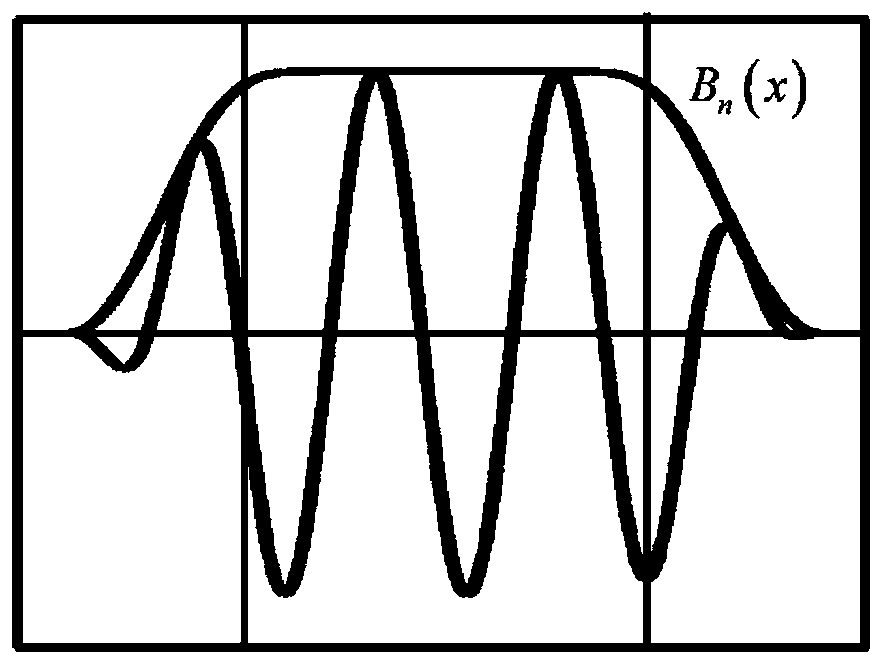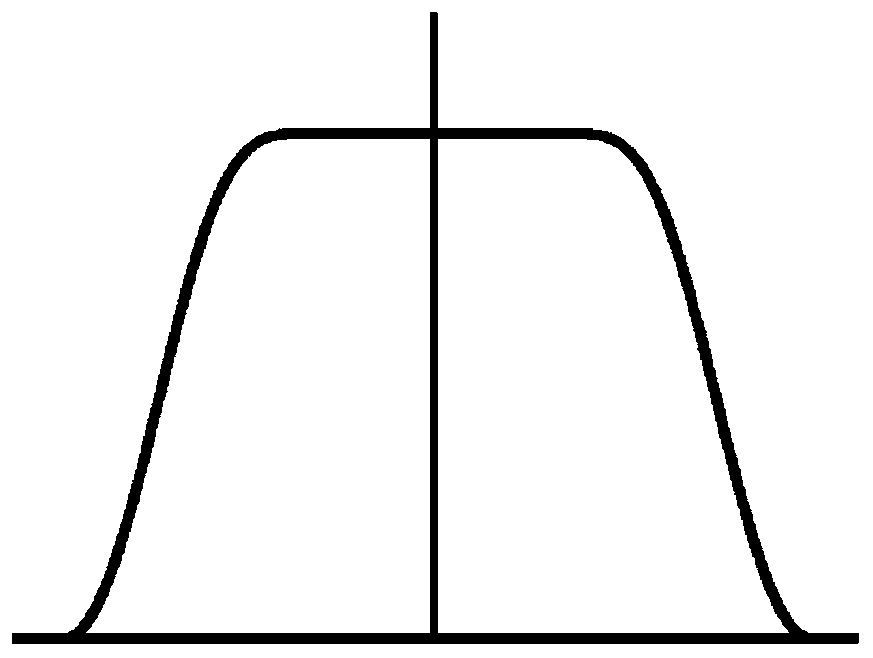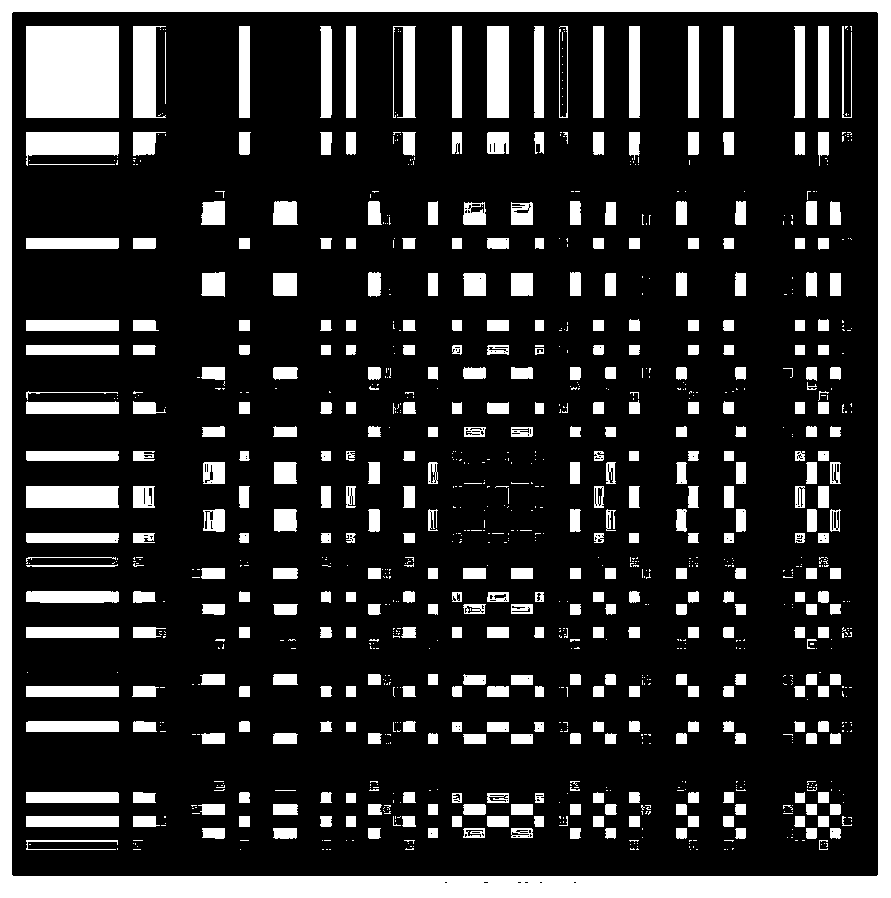Collected footprint pressing method based on morphological component analysis
A technology for analyzing morphological components and collecting footprints. It is applied in seismic signal processing and other directions, and can solve problems such as poor portability and inability to process data.
- Summary
- Abstract
- Description
- Claims
- Application Information
AI Technical Summary
Problems solved by technology
Method used
Image
Examples
Embodiment Construction
[0068] In order to make the objectives and technical solutions of the present invention clearer, the following further describes the present invention in detail with reference to the accompanying drawings and specific embodiments. Here, the exemplary embodiments of the present invention and the description thereof are used to explain the present invention, but not as a limitation of the present invention.
[0069] In an embodiment of the present invention, a method for suppressing collected footprints based on morphological component analysis is proposed, which includes the following steps:
[0070] Step 101: Construct a two-dimensional local discrete cosine transform according to the morphological characteristics of the footprint waveforms collected from the seismic records of the three-dimensional seismic data volume along the slices or isochronous slices, and combine with the two-dimensional stationary wavelet transform to form an over-complete dictionary, and determine the two-d...
PUM
 Login to View More
Login to View More Abstract
Description
Claims
Application Information
 Login to View More
Login to View More - R&D
- Intellectual Property
- Life Sciences
- Materials
- Tech Scout
- Unparalleled Data Quality
- Higher Quality Content
- 60% Fewer Hallucinations
Browse by: Latest US Patents, China's latest patents, Technical Efficacy Thesaurus, Application Domain, Technology Topic, Popular Technical Reports.
© 2025 PatSnap. All rights reserved.Legal|Privacy policy|Modern Slavery Act Transparency Statement|Sitemap|About US| Contact US: help@patsnap.com



